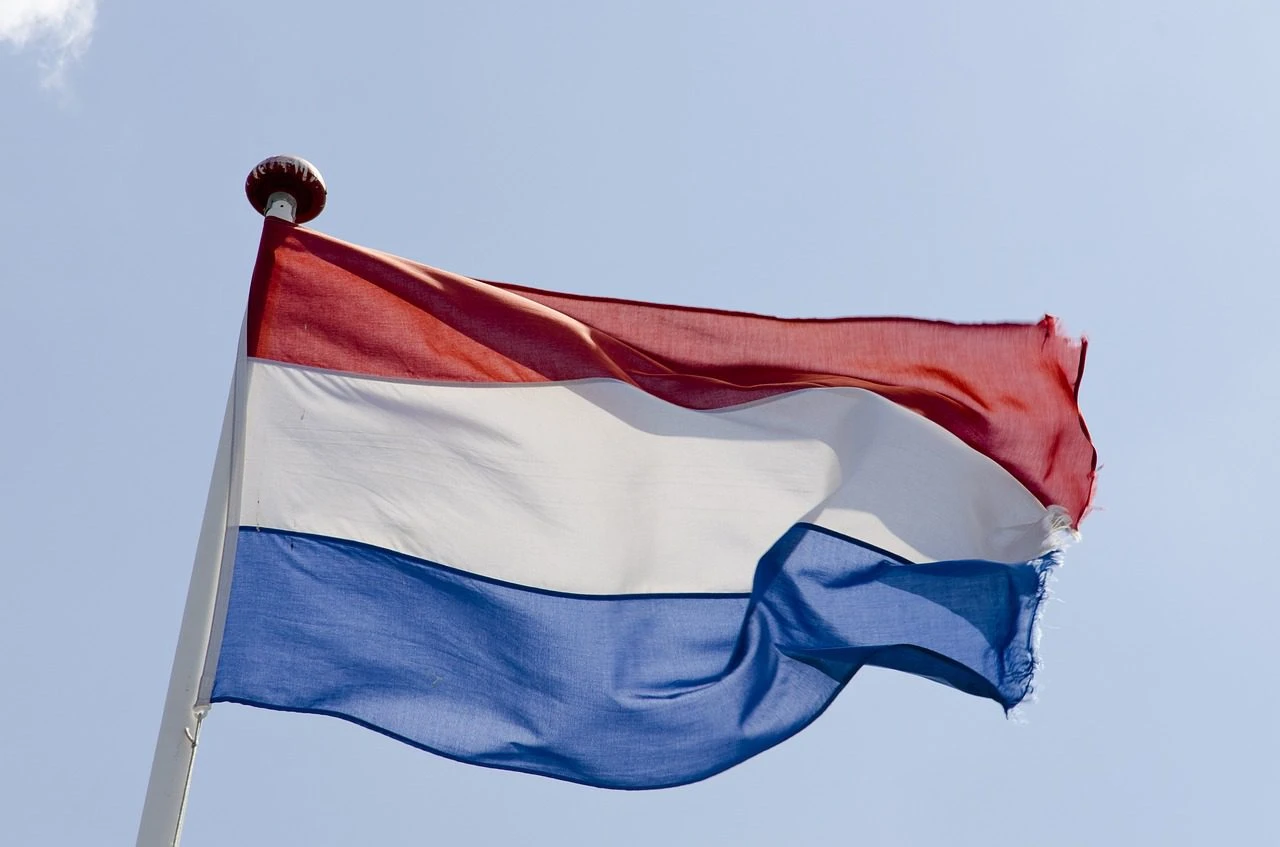Lower deposit limits slash Dutch gambling losses but fuel interest in illegal market

Dutch gambling regulator Kansspelautoriteit (KSA) has revealed new measures introduced to improve gambling protection have resulted in a reduction in player losses, but concerns remain over the impact on channelisation.
Several rules were introduced in the country during October 2024. Among these were new deposit thresholds that relate to a player’s net deposit during a calendar month.
Under this new measure, if a net deposit exceeds €700 ($824), further deposits are blocked until the end of that calendar month. Lower limits of €300 are in place for young adults aged 18-25. Limits will be automatically enacted on the first day of each calendar month.
Since the new measure came into effect, KSA has seen a decline in the number of users depositing more than the set limits and has detailed its findings in a new report. Previously, 9.7% of players deposited more than the set amount, although this figure is now at 2.2%. For young adults specifically, the rate dropped from 12.0% to 1.9%.
Also on deposit limits, rules now require players to contact operators if they wish to deposit more than certain amounts each month. Again, the rules differ depending on age, with a limit of €150 for young adults and €350 for other players. Since the rule change, less than 50% of players are now depositing more than these levels.
Average monthly Dutch gambling losses fall 31%
The lower deposit limits have also resulted in reduced player losses, KSA said. The average monthly loss per consumer has fallen by 31% from €116 in the eight months before the new measures to €80 for the eight months following their introduction. This is despite the average number of accounts a player holds remaining steady at 2.4.
Meanwhile, the number of players losing more than €1,000 per month stood at 4% before the rule changes. However, this fell to 1% during the reporting period.
In addition, gross gaming result – stake minus prizes paid out – fell 8% during the same eight-month period. KSA said this is proof that the policy changes have reduced the amount of “excessive” gambling with licensed operators.
Illegal gambling website searches on the rise
However, KSA also admitted there is a chance that some players are gambling large amounts with illegal providers. Concerns have increased after the report found a rise in the number of consumers searching for the top 100 illegal websites in the Netherlands.
“This could indicate a growth of the illegal market,” KSA noted in its assessment.
On the other hand, KSA argues that channelisation to legal sites remains high. It placed the current rate at 93%, with large majority of players gambling with legal operators.
This is slightly below the 95% stated shortly after the change in rules. However, this earlier figure was disputed by data from H2 Gambling Capital, which currently estimates a total market size of €2.10bn, of which half is generated offshore.
Channelisation remains a hot topic in the Netherlands. In April, the Licensed Dutch Online Gambling Providers (VNLOK) trade body shared its concerns over illegal market growth. This came after KSA said channelisation rate in the country was just 50% over H2 2024.
Could tax rises hit channelisation further?
Channelisation rates could be hit further by a higher gambling tax that came into effect earlier this year. As of 1 January 2025, the tax rate hiked from 30.5% of gross gaming revenue to 34.2%.
However, next January, it will rise again to 37.8%. Concerns have been raised that this could push licensees out of the market and drive consumers to illegal sites. KSA is due to publish another report on the impact of the initial tax rise in the coming weeks.
While H2 believes the Dutch online gambling market is split 50-50 between legal and illegal online operators, it is projecting a steady decline in the coming years. By 2030 regulated online operators will make up €1.21bn of gross revenue, just 45% of the igaming market.
